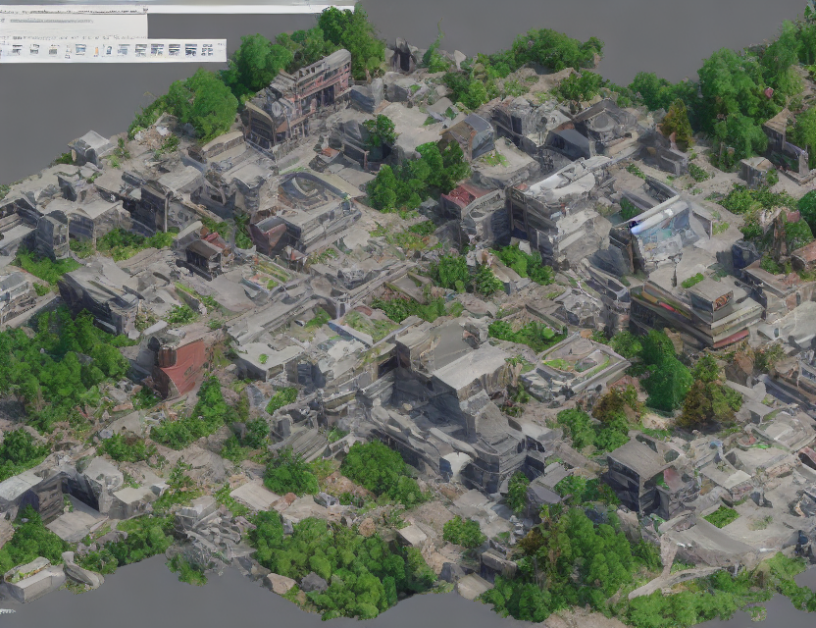Point cloud segmentation is a rapidly growing field that involves labeling point clouds to understand their meaning and significance. Point clouds are collections of data points in 3D space, often obtained through LiDAR (Light Detection and Ranging) sensors or other means. Segmenting these point clouds into meaningful objects, such as vehicles, pedestrians, or buildings, is essential for various applications like autonomous driving, robotics, and industrial manufacturing. However, annotating point cloud data is a labor-intensive task that hinders its widespread adoption.
To address this challenge, researchers have proposed various solutions, including weakly supervised learning, unsupervised adaptation, and semi-supervised learning. Weakly supervised learning leverages the information present in the point cloud itself to construct labels without requiring extensive manual annotation. Unsupervised adaptation involves using repeated traversals of point clouds to learn new features and improve segmentation accuracy. Semi-supervised learning combines weakly supervised and unsupervised techniques to leverage both the labelled and unlabelled data.
Several recent studies have demonstrated promising results in this field. For instance, Xu et al. (2020) proposed a weakly supervised semantic point cloud segmentation method that utilizes image-based annotations to construct more reliable labels. Zhang et al. (2023) developed a geometry-consistent and semantic-aware alignment method to improve the accuracy of panoptic segmentation, which combines instance and semantic segmentation. Zhou et al. (2021) introduced the Panoptic-PolarNet model, which eliminates the need for proposals during training and achieves better performance in panoptic segmentation.
Despite these advancements, challenges still exist in point cloud segmentation. One of the primary difficulties is dealing with noisy or incomplete data, which can lead to inaccurate labels. Another challenge is balancing the trade-off between accuracy and efficiency, as more accurate models often require more computational resources and time.
In summary, point cloud segmentation is a promising field that has the potential to revolutionize various industries. However, it faces challenges related to data quality, annotation complexity, and computational efficiency. Researchers are working on developing innovative solutions to address these challenges and improve the accuracy and efficiency of point cloud segmentation models.
Computer Science, Computer Vision and Pattern Recognition
Unlocking Point Cloud Segmentation’s Full Potential: A Feasible Solution



